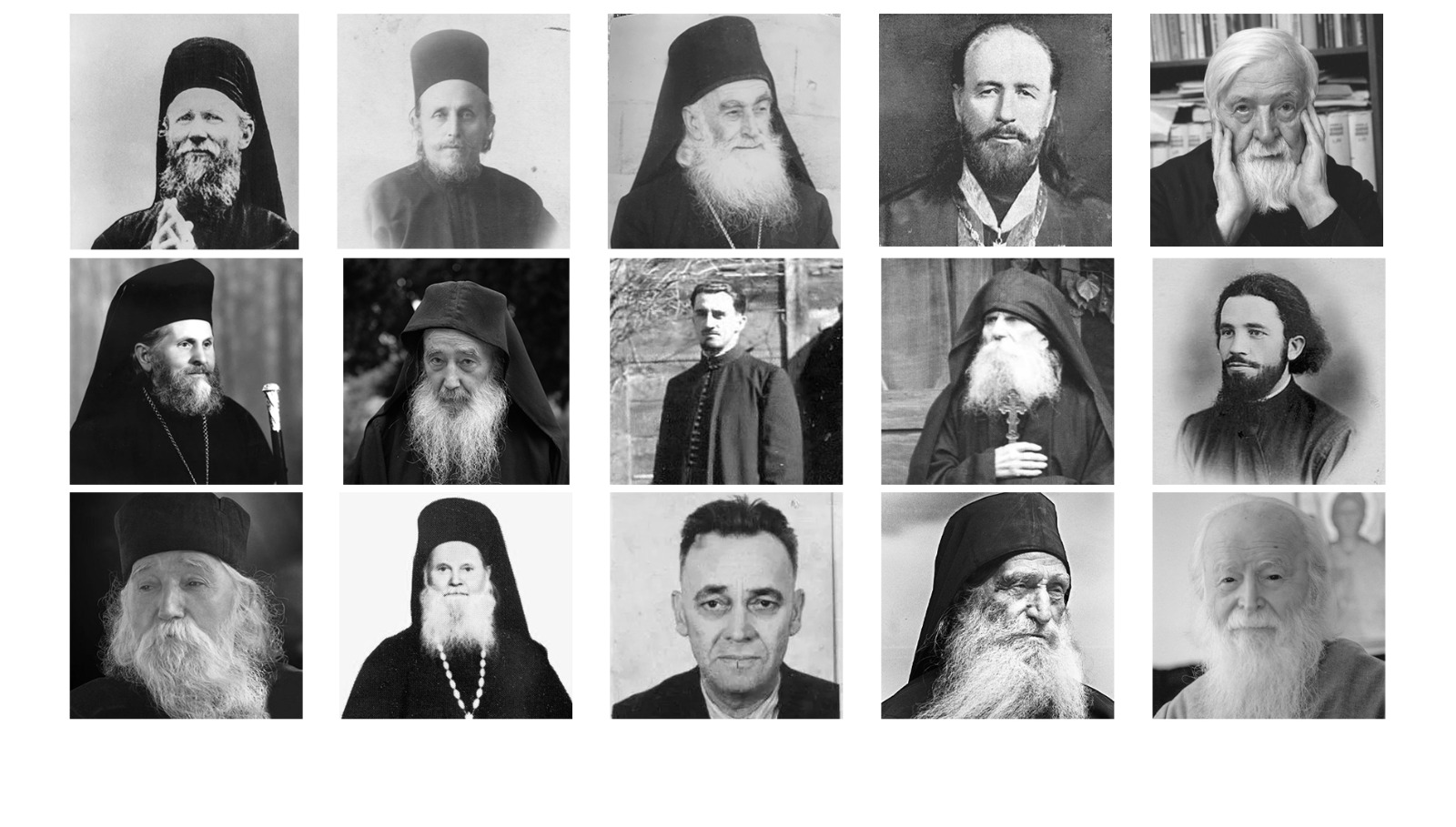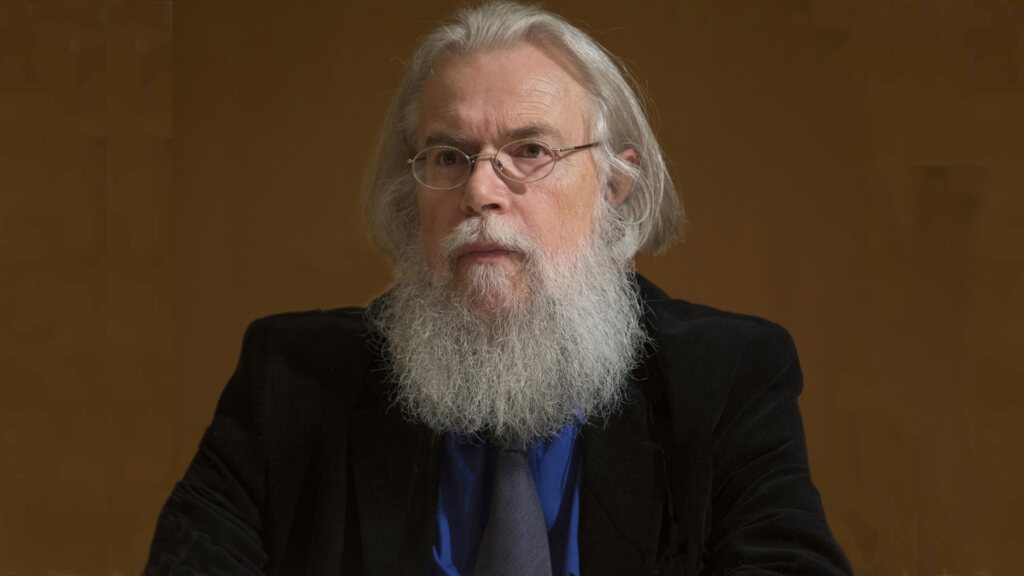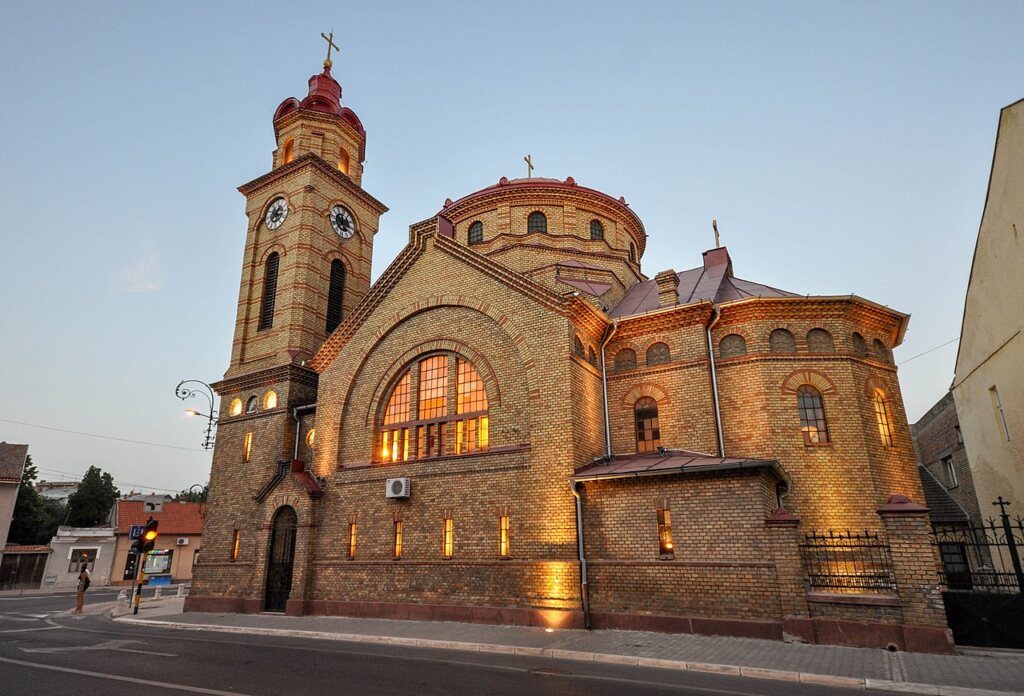The proposed canonization of fifteen Romanian venerables and confessors is a significant event in the history of the Romanian Orthodox Church. This proclamation, set to take place next year, coincides with the Church’s centennial since its patriarchal status was recognized.
The files are currently undergoing analysis and are awaiting approval by the Holy Synod of the Romanian Orthodox Church, except for the following exceptions explained below. Metropolitan synods within the Romanian Patriarchate proposed their names.
If the proposed canonization is approved, Romanians will be the first saints in the calendar whose earthly lives extended into the 21st century, marking a unique milestone in the Church’s history.
The Romanian Parliament has already approved a law designating 2025 as the Centennial Year of the Romanian Patriarchate. In addition, the Holy Synod designated 2025 as a Commemorative Year of the Romanian Orthodox priests and confessors of the 20th century and a Solemn Year of the Centennial of the Romanian Patriarchate.
Metropolis of Muntenia and Dobruja
The Metropolis of Muntenia and Dobruja confirms two proposals, with the exception that the canonization files will be directed to the Ecumenical Patriarchate rather than the Holy Synod of the Romanian Orthodox Church, as they pertain to monks who retreated to Holy Mount Athos.
Additionally, the hierarchs of the Metropolis of Muntenia and Dobruja advocate for the canonization of the preeminent Orthodox theologian of the 20th century, Fr Dumitru Staniloae, and Fr Sofian Boghiu, whose surname was Bucharest’s Apostle.
Here are the four names whose canonization is forwarded by the Metropolis of Muntenia and Dobruja:
Fr. Dumitru Stăniloae (1903-1993)
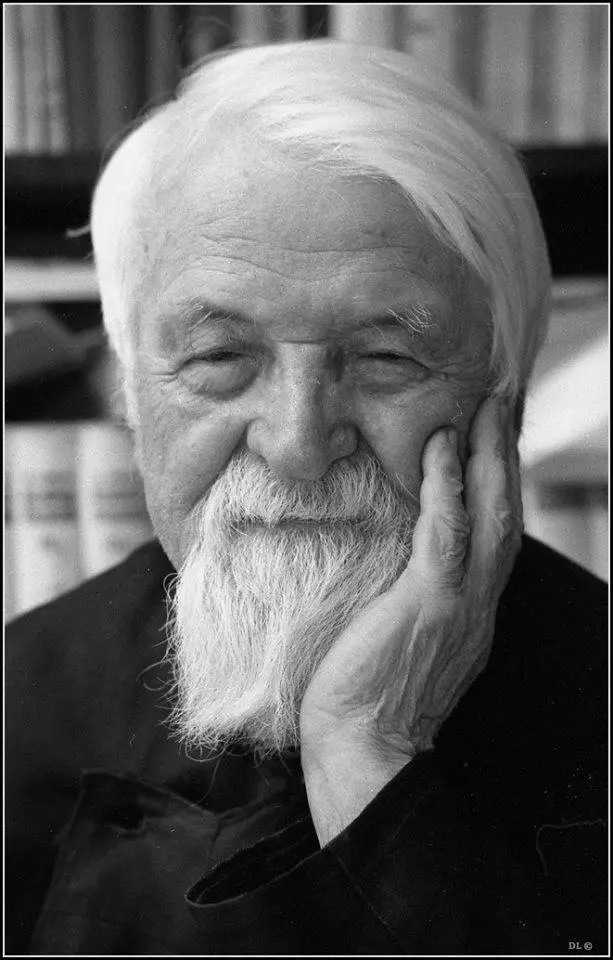
Father Dumitru Stăniloae translated the writings of Orthodox ascetics, monks, and clerics from the 4th—15th centuries, centred on the practice of Orthodoxy—a side as important as the dogmatic part of Orthodox theology. These were published in the series Philokalia (Gr. “love of beauty”) and later translated for the international audience.
“When we read Father Stăniloae’s work, we have the impression that he is contemporary with the Holy Fathers and, at the same time, makes the Holy Fathers contemporary with us. He is a Holy Father of the 20th century,” Patriarch Daniel said last year.
Father Dumitru Stăniloae was incarcerated under communism for his involvement in the cultural-spiritual movement known as The Burning Bush. Following the disintegration of communism, he enrolled in the Romanian Academy. His contribution is immeasurable; he presents concepts of immense profundity and refinement in straightforward and suitable language.
Archimandrite Sofian Boghiu (1912-2002)

The “Spiritual father of Bucharest” was born in Bessarabia and was a first-prize student for eight years. He joined the monastic community at Dobrușa Monastery, and after the Soviets occupied Bessarabia, he crossed the Prut River into Romania. He led the community at St Anthimos Monastery in Bucharest and was sentenced to hard labour together with the intellectuals and clerics of the Burning Bush hesychast movement.
Two great gifts were evident: he painted churches and guided souls to the confessional. “I had all the admiration for this man. He didn’t really talk, he lived”, said another great spiritual father, Archimandrite Arsenie Papacioc. “In the crown of the fathers of this age, I place him in heaven.”
Hieroschemamonk Dionisie Ignat (1909-2004)
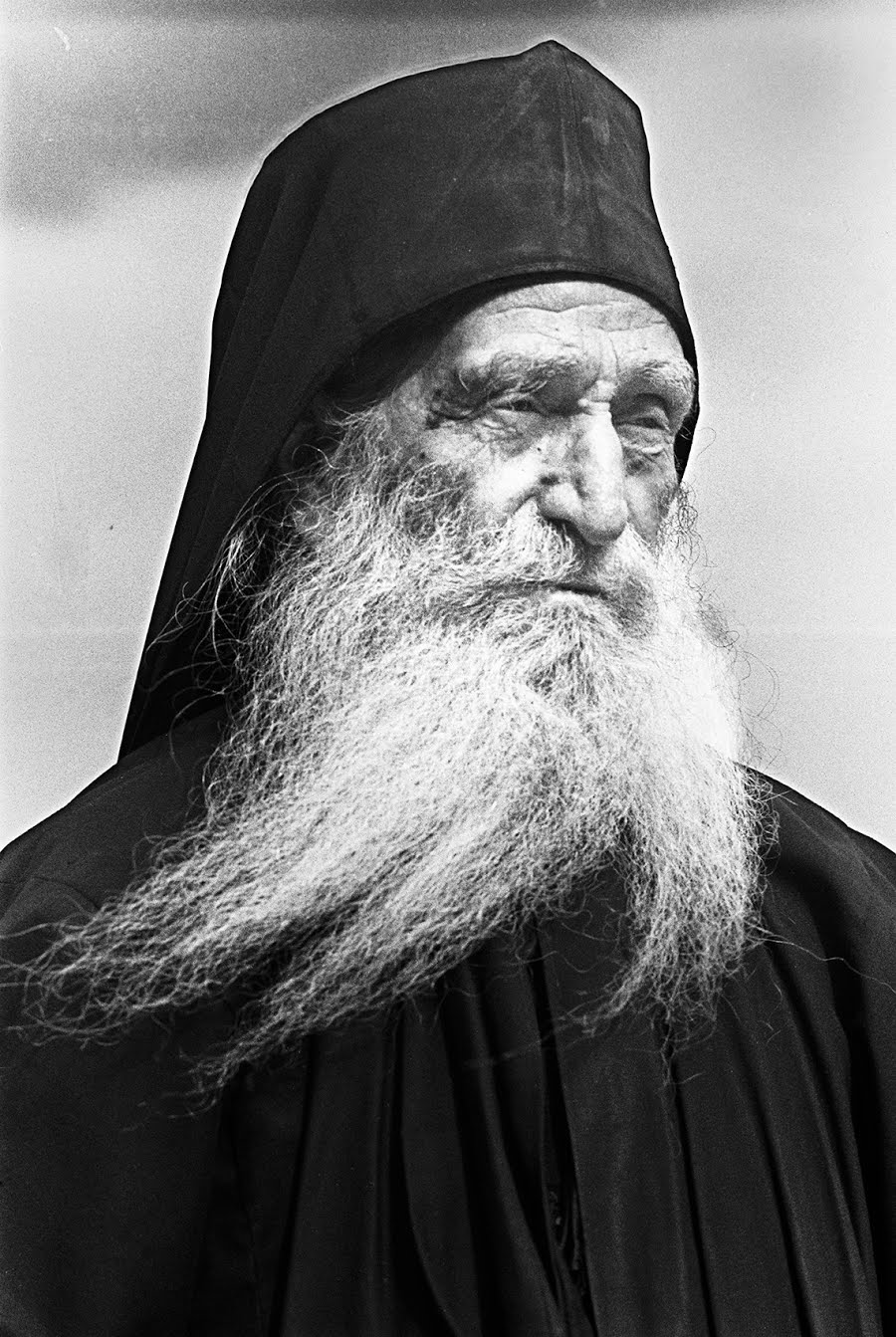
He was the youngest and eighth child of a simple family of farmers from the northern Romanian county of Botoșani. He attended only a few vocational school courses and primary education, where he consistently excelled. At seventeen, he and his brother, the monk Gymnasius, arrived on Mount Athos, where he grew to become one of the most experienced elders of the Holy Mount Athos.
He reposed in the Lord in 2004 after 95 years of earthly life, 78 of which were spent on the Holy Mount Athos. The current King Charles III of Great Britain attended his funeral.
Archimandrite Petroniu Tănase (1914-2011)

He entered Neamț Monastery when he was very young. He studied Theology in Bucharest and worked briefly at the Chancellery of the Holy Synod and the secretariat of Romania’s Patriarch Nicodim of blessed memory. He arrived on Mount Athos in 1978, with the approval of the Romanian state, after the monks from Prodromos Skete asked for help to revive the community after decades of communism in Romania, which isolated them.
He was elected abbot in 1984 and led the community of Prodromos Skete until 2011, the year of his repose. “It was rare for me to meet a simultaneously cultured and humble man as Father Petroniu was!” Metropolitan Serafim of Germany and Central and Northern Europe once stated.
Metropolis of Moldavia and Bukovina
The Metropolitan Synod of Moldavia and Bukovina proposed the canonization of the beloved elders Cleopa Ilie from Sihăstria monastery and Paisie Olaru from Sihla monastery.
Archimandrite Cleopa Ilie (1912-1998)
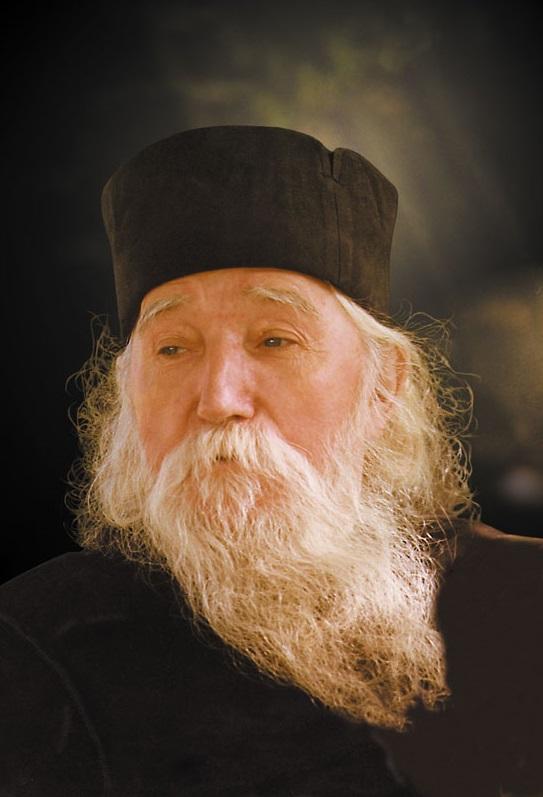
The fifth child out of ten in a family of faithful peasants, he became a novice with a brother at Sihastria of Neamt. Two other brothers and a sister also entered monasticism. He was, for three years, the disciple of Father Paisie Olaru. In Sihăstria, he pastored the community’s flock for 12 years. He became an abbot in 1945 and an archimandrite in 1947.
After the installation of the atheist communist regime in Romania, he stayed hidden in the mountains. In 1964, he returned to Sihăstria as a spiritual father. He could have chosen Mount Athos for his monastic endeavour, but a word from Saint Justin Popovic convinced him that in Romania, he would save himself and many others. In 1987, he became the monastic godfather of Patriarch Daniel.
Hieroschemamonk Paisie Olaru (1897-1990)
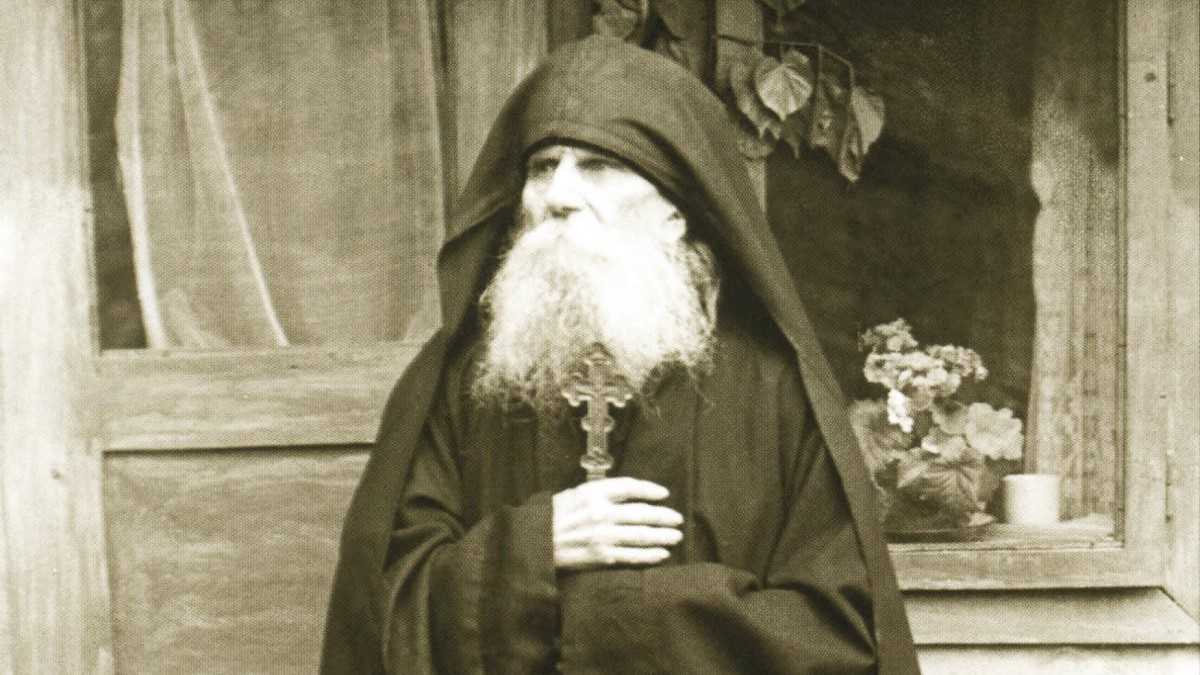
Originally from Botoșani county, he entered monasticism at Cozancea Hermitage, where he spent 26 years, being abbot for a short time. In 1947, he became the spiritual father of Sihastria of Neamt. Father Cleopa Ilie described him as follows: “Humble, silent, gentle, wise in his word, very merciful and loving to his neighbour. He always sought peace with everyone and loved silence. He didn’t like to live among many and hid his life and his need.”
“Father Paisie Olaru was a very humble praying person with the gift of tears. If Father Cleopa was visited and sought for his word, Father Paisie was sought above all as a spiritual father with the gift of calming spirits and reconciling man with God,” Archim. Arsenie Popa, the current abbot of Sihastria Monastery, said.
Metropolis of Transylvania
The Metropolis of Transylvania has forwarded the following canonization proposals:
Archimandrite Dometie Manolache (1924-1975)
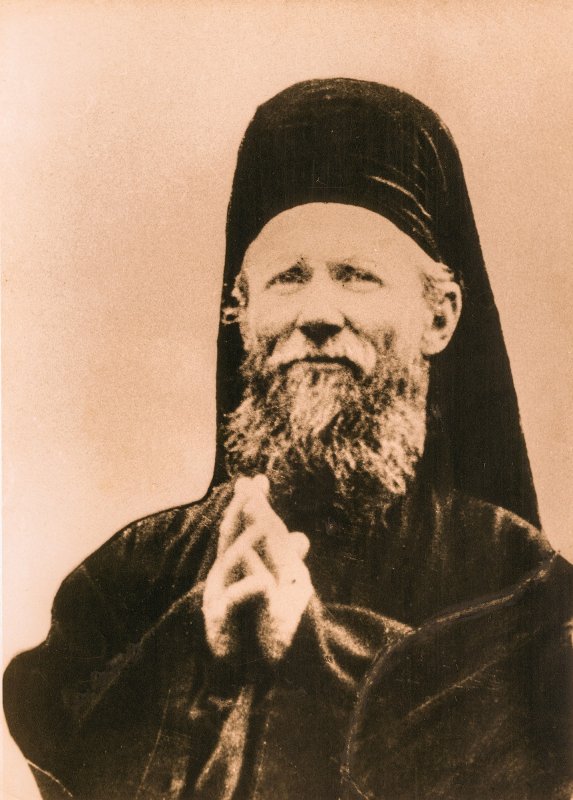
He was the abbot of Prislop Monastery and a spiritual father at Râmeț Monastery. He graduated with an average of 10 from the doctorate courses at the Theological Institute in Bucharest. A documentary made last year by Trinitas TV shows him as magnanimous: he gave the clothes he was wearing to the poor.
“The fragrance of his character has spread everywhere,” said Archbishop Irineu of Alba Iulia at a symposium in 2015. “From Father Dometie we learn that believers’ lives are fruitful to the extent that they remain in Christ and allow Him to work in them. Many people could progress in knowing God’s love if priests and Christians were living witnesses of this love!”
Archimandrite Serafim Popescu (1912-1990)
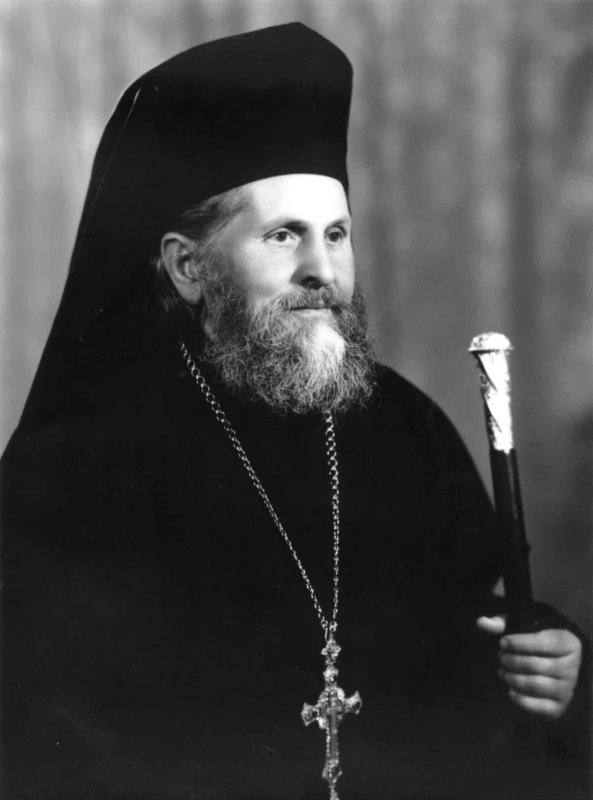
Originally from a village near Alba Iulia, he was Father Dumitru Stăniloae’s secretary when he was rector of the Faculty of Theology in Sibiu. After receiving a scholarship to Greece, he apprenticed for six months near Archim. Antipa Dinescu, abbot of Prodromos Skete.
For 10 years, he was the abbot of the monastery of repentance, Brâncoveanu Monastery, at Sâmbăta de Sus, Brașov county, “managing to form a well-knit community,” noted Archim. Ioanichie Bălan in the Romanian Paterikon. After retiring from the abbotship, he remained a spiritual father until his death.
Metropolis of Cluj, Maramureș and Sălaj
From the Metropolis of Cluj, the list of canonizations for 2025 includes the name of a priest who confessed his faith in the communist prisons:
Fr. Liviu Galaction Munteanu (1898-1961)
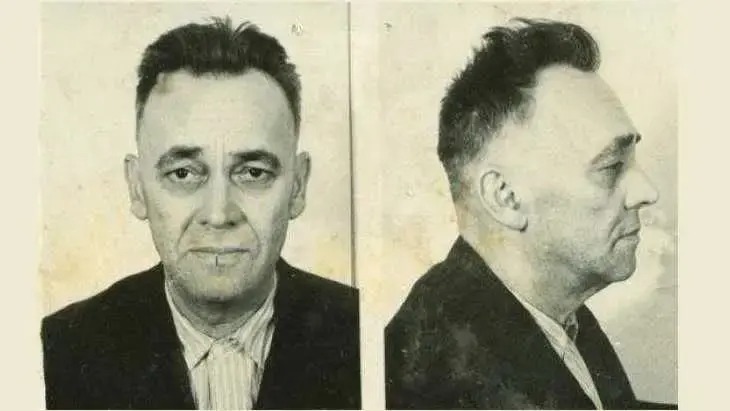
Father Liviu Galaction Munteanu was born on May 16, 1898, in a family of teachers from Cristian, Brasov County. He was a Doctor of Theology at the University of Chernivtsi. Ordained to the priesthood by Bishop Nicolae Ivan, he was also rector of the Theological Academy in Cluj-Napoca.
In 1958, under the supervision of Bishop Teofil Herineanu, he drew up a program for catechizing children and adults that brought him to the attention of Securitate. He was investigated and, in 1959, sentenced to eight years in prison for “plotting against the social order”. He died in 1961 in the Aiud prison as a result of the inhumane treatment he was subjected to.
Metropolis of Oltenia
Two abbots from the Metropolis of Oltenia are on the list of possible canonizations for the Centennial Year 2025.
Protosyncellus Gherasim Iscu (1912-1951)
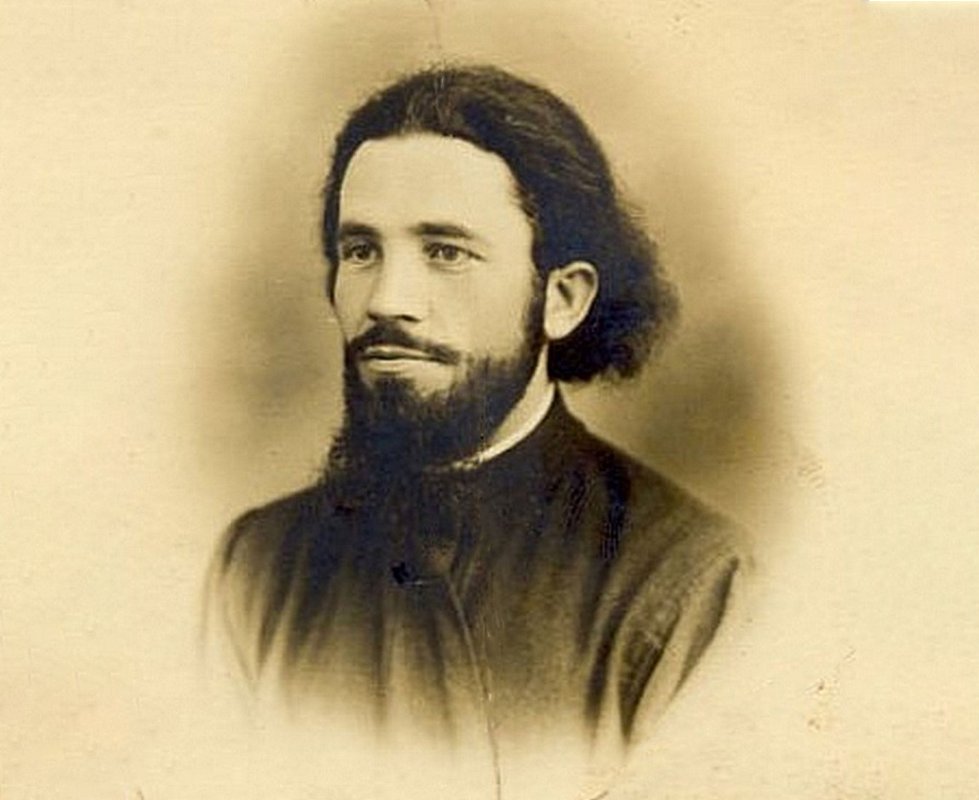
Born in Bacău County, he entered monastic life at 12. After studying theology in Bucharest, he alternately served as abbot in Arnota, Vâlcea county, librarian in Cernica (during which he refused to be active in the Legionary Movement), and a missionary in Transnistria, where he helped establish two monasteries and learned the Ukrainian language to preach in a way that everyone could understand.
In 1943, he was appointed abbot at Tismana, his monastery of repentance. In 1948, after being contacted by anti-communist resistance fighters and giving an anti-communist sermon, he was arrested.
He went through the worst communist prisons and died in a penitentiary hospital, seriously ill, on Christmas night, together with his former torturer from Poarta Alba. On the night of their death, he gave the torturer not only his forgiveness but also God’s, confessing and communing him with the Holy Eucharist.
Protosyncellus Visarion Toia (1884-1951)
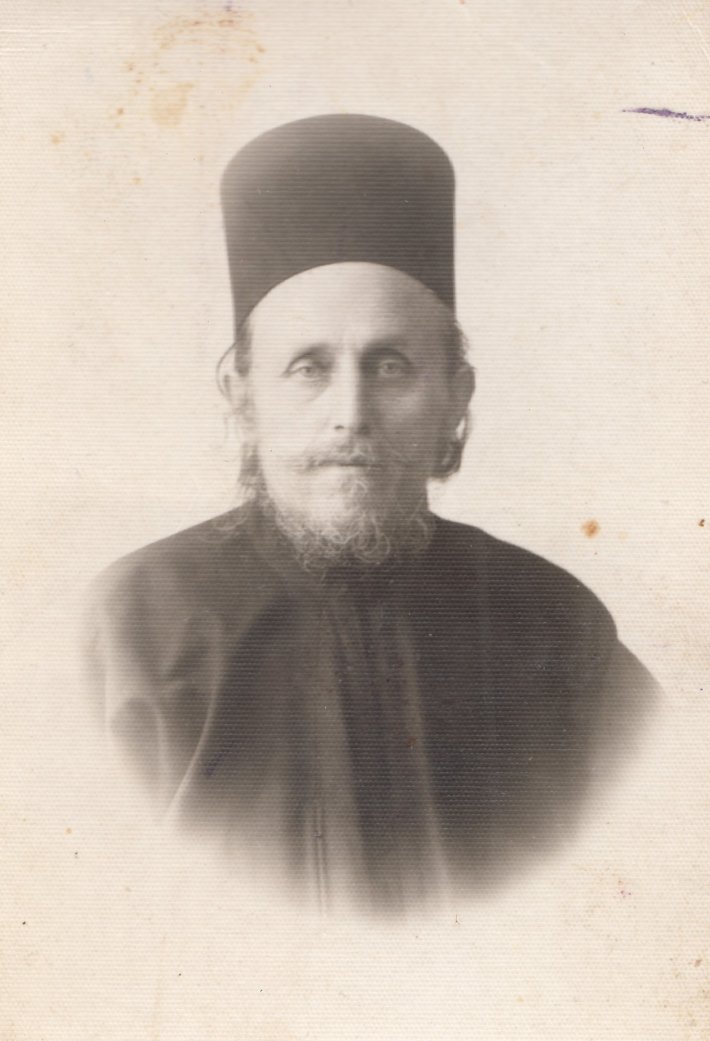
He entered Frăsinei Monastery, Vâlcea county. Protoschemamonk Visarion Toia was appointed abbot of the Lainici Monastery in 1929 when it was in a precarious state. He showed special care for the relics of his predecessor at Lainici, Saint Irodion, who was later canonized in 2011.
Under his leadership, the monastic community grew. Father Visarion guided the brothers with love and humility. But his earthly life ended following the violence to which he was subjected by the commander of a military unit stationed in the monastery with the approval of the communist authorities.
Metropolis of Banat
The following elders are the proposals made by the hierarchs of the Metropolis of Banat to be canonized by the Holy Synod.
Protosyncellus Calistrat Bobu (1900–1975)
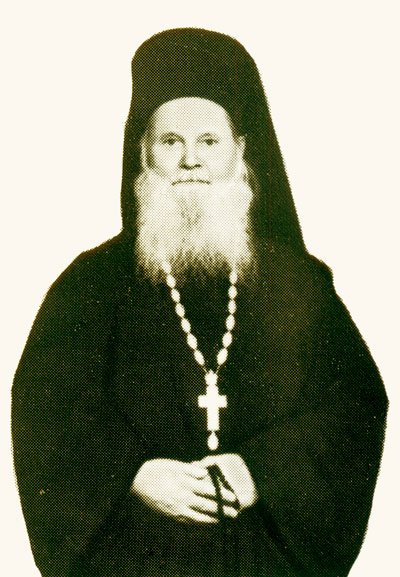
His repentance monastery was Sihăstria, but he was sent as a missionary priest to Banat, where he founded Timișeni Monastery and renewed the monastic life in Săraca, Partoș and Vasiova. “For the humility and gentleness of his heart, he received from God the gift of healing and of expelling unclean spirits from people,” wrote Archim. Ioanichie Bălan in the Romanian Paterikon. He reposed in the Lord on Easter.
Fr. Ilarion Felea (1903-1961)

He was from Crișul Alb Valley and became a spiritual father of the youth in Arad. The communist regime sentenced him to 20 years in prison for “intense activity against the working class and the revolutionary movement”, that is because he did not preach the communist spirit. He died in the prison of Aiud because he was deprived of medical assistance.
Fathers Ilarion Felea and Dumitru Stăniloae, imprisoned by the communist regime, were the spiritual fathers of the prisoners at Aiud. Later, Father Stăniloae said that Father Felea surpassed him in terms of inner life: “I translated the Philokalia, but he lived it.”
Metropolis of Bessarabia
Two more proposals for canonization come from Bessarabia.
Fr. Alexandru Baltaga (1861-1941)

In 1918, when the union of Bessarabia with Romania was voted, Father Alexandru Baltaga was the only cleric in the Council of the Country. In 1940, when the Soviet Union occupied Bessarabia, he was almost 80 years old, which did not prevent the Soviet occupiers from arresting him.
First, he was tortured for his faith in the prisons of the NKVD, the political police service of the Soviet Union. Then, he was deported to a camp in Kazan, today the capital of Tatarstan, where he died the following year.
Protosyncellus Iraclie Flocea (1893-1964)
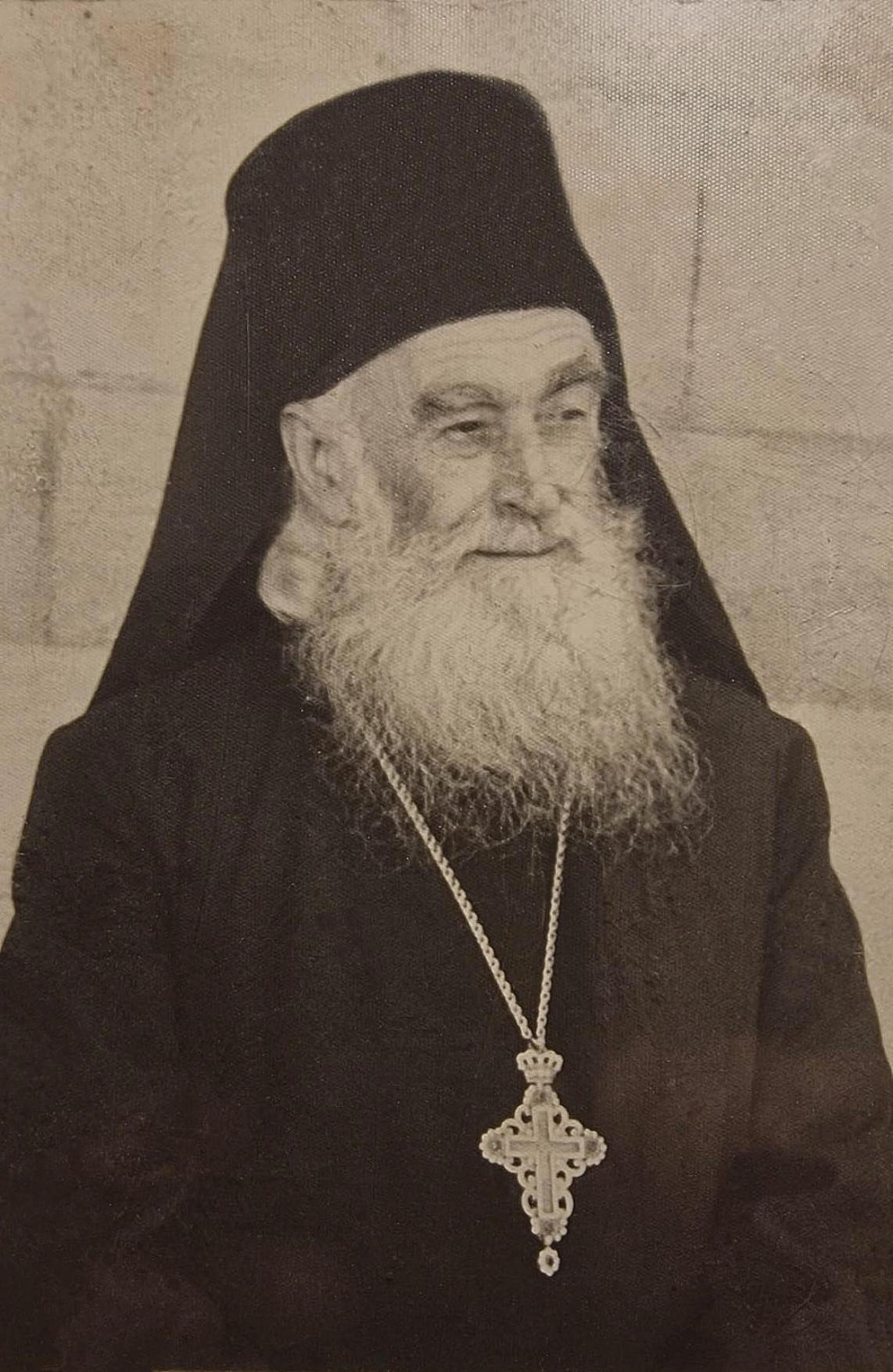
He was from Bukovina but became a monk in Bessarabia after God saved him through a miracle while fighting during the Reunification War. Between 1941 and 1944, he served as exarch of the monasteries in the Archdiocese of Chisinau, and in March 1944, he was appointed eparchial vicar for the regions evacuated from the Archdiocese.
In 1945, he was arrested and sentenced to 8 years of hard labour in Siberia just because he was Romanian and a monk, which automatically made him an enemy of the Communist Party and the Soviet Union. After eight years in the camp, he managed to return, fulfilling various obediences. He reposed in the Lord on August 16, 1964. In 1992, he was rehabilitated by the General Prosecutor’s Office of the Republic of Moldova.
The Romanian Orthodox Church will commemorate the 140th anniversary of its Autocephaly recognition and the 100th anniversary of its elevation to the rank of Patriarchate in 2025. Preparations are underway for the canonization of several clerics who exhibited genuine religious devotion amidst the most severe persecution imposed by the atheistic communist regime.
Photo: Basilica.ro / Mircea Florescu
Follow us on Twitter: @BasilicaNews
